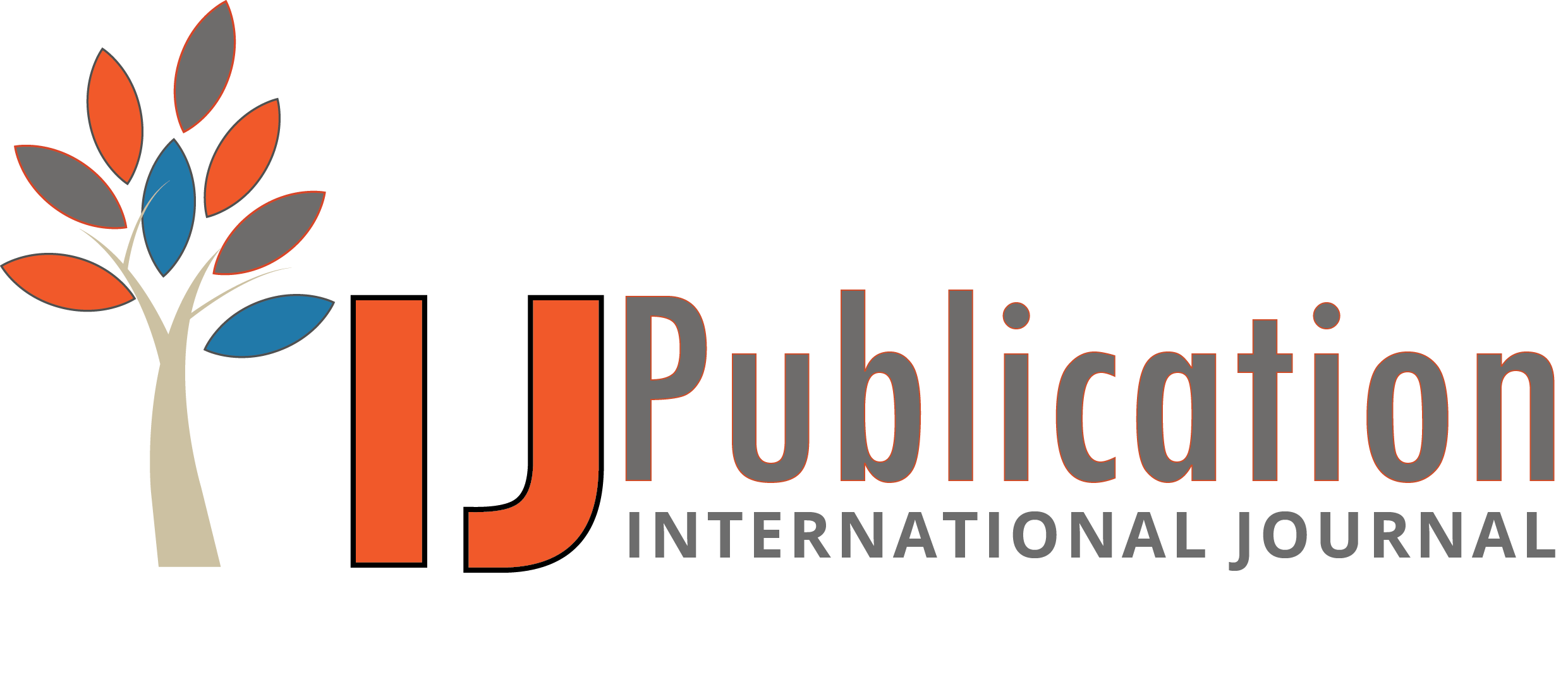Balachandar Ramalingam Reviewer
15 Oct 2024 05:47 PM
 Approved
Approved
Relevance and Originality
This research paper addresses a crucial issue regarding language barriers in India, where numerous regional languages coexist. The project’s focus on translating English videos into Tamil highlights the necessity for effective communication in a multilingual society. By utilizing cutting-edge machine learning models like gTTS, Whisper, and MBart50, the study presents an original approach to bridging linguistic gaps, particularly in the context of global languages. The relevance is further underscored by the growing importance of accessible educational and informational content in diverse languages, making this work significant in today’s digital landscape.
Methodology
The methodology outlined in the paper demonstrates a systematic approach to achieving its goals. The use of a YouTube URL as input for processing English videos is innovative, allowing for practical application of the proposed translation system. The integration of various machine learning libraries for audio extraction, speech-to-text conversion, text translation, and text-to-speech synthesis showcases a comprehensive methodology. However, more details on the selection criteria for the machine learning models and the specific algorithms used could enhance the robustness of the methodology section. Additionally, discussing any challenges encountered during implementation would provide valuable insights into the practical aspects of the project.
Validity & Reliability
The validity of the findings appears strong, given the incorporation of well-established machine learning models known for their effectiveness in language processing tasks. However, the paper would benefit from including quantitative metrics or evaluation criteria to assess the performance of the translation system. For example, incorporating user feedback or accuracy rates for translation and speech synthesis would enhance the reliability of the results. Furthermore, a comparison with existing translation solutions could illustrate the advantages of the proposed approach, bolstering its credibility.
Clarity and Structure
The paper is generally well-structured, guiding the reader through the project's aims, methodology, and expected outcomes. However, some sentences could be rephrased for better clarity and conciseness. For instance, the explanation of the machine learning processes could be broken down into clearer steps, allowing readers to follow the workflow more easily. Utilizing bullet points or numbered lists to outline the processes involved in each stage (audio extraction, translation, synthesis) would improve readability and comprehension.
Result Analysis
The results analysis effectively emphasizes the integration of language translation and audio synthesis, aiming to break down linguistic barriers. However, the analysis could be strengthened by including preliminary findings or case studies demonstrating the system’s effectiveness in real-world scenarios. Providing examples of translated content and user experiences would illustrate the practical implications of the research. Additionally, discussing potential limitations, such as the accuracy of machine translations and challenges related to dialects or variations within Tamil, would present a more balanced view of the project’s outcomes. Suggestions for future enhancements or applications of the system could further enrich the discussion, highlighting the project's potential impact.








Balachandar Ramalingam Reviewer